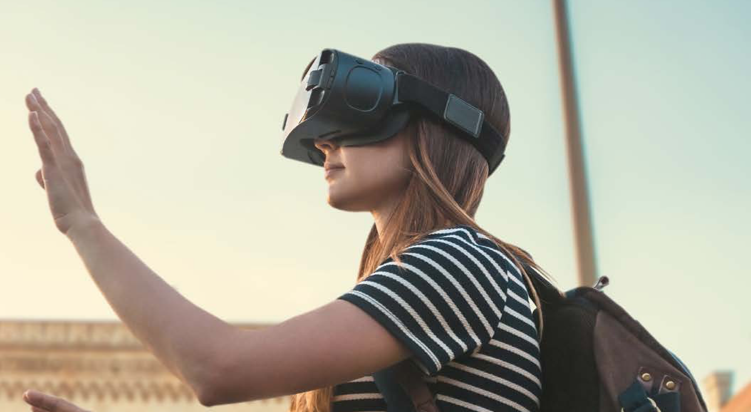Companies store more and more data, because data is valuable. However with the increase in data also comes the responsibility to keep the data private. There is a necessity for companies to secure their data, to make sure it does not fall into the hands of malicious third parties. The old protections systems based on software designed and operated by humans might not be enough anymore, as can be seen from some high profile data leaks. Some examples are the 500 million LinkedIn profiles that got scraped of the database of the company in April of this year and the cyberattack on EasyJet where over 9 million customers were affected [1].
New technologies however, may bring change for the good or bad of companies. Especially AI is promising when used in both security and hacking of a company’s data.
Hacking with AI
Getting hacked by AI systems may seem far away in the future, but there are already real world examples of AI software that would be capable of hacking. There currently exist hacking events composed of AI systems that compete against each other. In 2016, DARPA ran a hacking event where the AI systems of one hundred teams had to try and hack software that was not analysed or tested before [2]. To keep it short, the results were that the winning AI system was still worse than the human hackers that competed with the winning AI system. The gap between AI and humans is getting smaller however. The most worrying thing is that AI systems seem particularly good at finding vulnerabilities, which is one of the most often used ways to get to data of companies [2].
AI in security
There is a silver lining however, AI systems can also be incorporated in the security systems of companies. There are already a multitude of AI systems that companies utilize. Some of these include modelling user behaviour, antivirus products, automated network and system analysis and email scanning [3]. These AI systems will also be improved upon over time and might be able to hold of the AI systems build for hacking.
[2] https://www.schneier.com/academic/archives/2021/04/the-coming-ai-hackers.html



